1947: Making the World Over
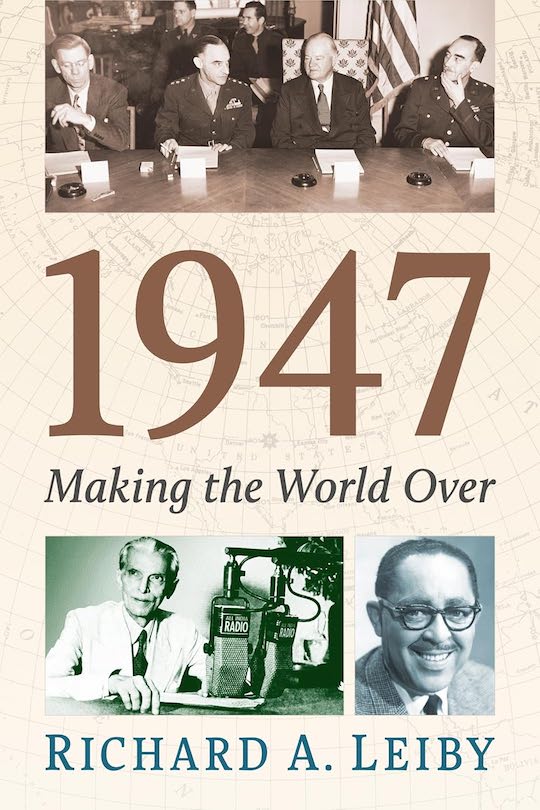 by Richard A. Leiby
by Richard A. Leiby
Why a book about just one year? What’s significant about 1947?
In the author’s opinion, it was the year the world’s people and economies at last began to recover and return to normalcy following the second world war. Yes, Germany, Japan and other combatants had formally surrendered in 1945 but that doesn’t translate to an instantaneous return to anything resembling normalcy for supply chains have been upset as has the sourcing of raw materials—even food. True recovery takes time.
In his Epilogue Leiby, whose bio reveals he is a history professor emeritus as well as a researcher/author, further notes that though it wasn’t apparent then, with the passage of time and thus the ability to look back and gauge a prior time with that gained perspective, 1947 was “a year chock full of transitional moments . . . that influenced generations to come” with those selected and “chronicled here only . . . a brief glimpse into the transformations the world experienced during 1947.”
As his acknowledgments and bibliography reveal, Leiby’s research for this book was, in the main, conducted the old-fashioned way. He traveled to museums to work in their libraries and archives as well as to interview people. Paying the expenses involved was funded in part by research grants and only relied minimally on the internet. Experiences gained from live, in-person interviews go a long way toward Leiby’s goal of “writing narrative history for the public and not just for academic specialists.”
Just as we make choices in life, Leiby chose seven quite disparate areas to write about with “some more profound than others” to exemplify and make the case for his basic premise that “1947 was a most remarkable year.” He begins by recounting the raw winter experienced north of the equator around the globe before segueing into how the still-recovering-from-war political infrastructure dealt with feeding people starving as a result of war and winter while also paying attention to restoring productivity of goods and food.
That’s where the image across the top of the cover comes in. Those four men were charged by Harry S. Truman with improving the food and agriculture situation in occupied Germany. They are, left to right, Dennis FitzGerald, Secretary General of the International Emergency Food Council, Lt. Gen. Lucius Clay, Deputy Military Governor for US-occupied Germany, Herbert Hoover, and Brig. Gen William Draper Jr, Director of the Economics Division of the Office of Military Government for the US. It was a task in which Hoover was particularly effective as one of his great strengths “lay in his ability to organize larger tasks into smaller, more manageable pieces. And he was a wizard with information . . . to sift through mounds of detail to get to the crux of any problem.”
Another wise and thoughtful move by President Truman was appointing former Joint Chiefs of Staff, General George Marshall as Secretary of State who along with Truman and Senator Arthur Vandenberg (R, Michigan), “would soon become one of the most influential triumvirates in the history of American foreign policy” leading to the Truman doctrine summed up thusly by Truman, “I believe that it must be the policy of the United States to support free peoples who are resisting attempted subjugation by armed minorities or by outside pressures . . . I believe we must assist free peoples to work out their own destinies in their own way.”
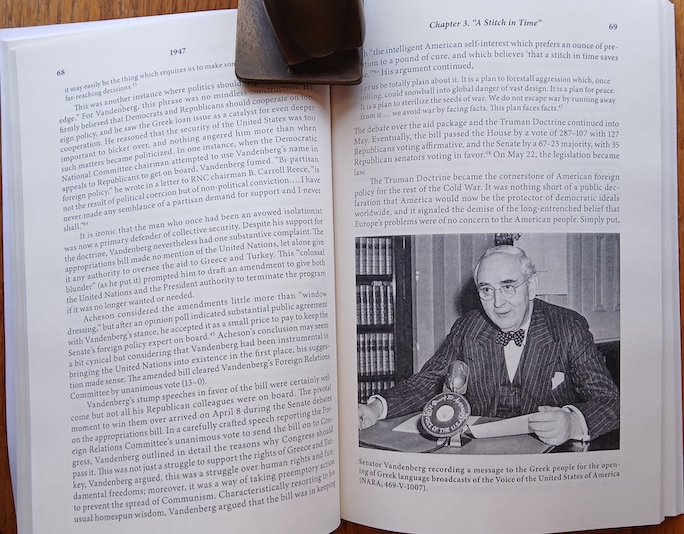
Next chapter, the fourth, is truly a disturbing read in which Leiby recounts the trials and tribulations achieving self-rule on the Indian subcontinent. Due to push/pull between various ethnic populations including Hindus, Muslims, Sikhs, Parsis, Buddhists and Jains to name but a few, it’s a genuinely troubling chapter to read because of the enormous death toll with still more grievously wounded. There are people with names you’ll recognize such as Mahatma Gandhi or Jawaharlal Nehru. But the name of the man shown on the lower left corner of the cover isn’t as familiar: Muhammad Ali Jinnah.
Perhaps Leiby recognized the bleakness of the preceding chapter for next is a heartwarming story describing some of the best of human behavior relating lifelong friendships between the populaces of Southampton, UK and Chambersburg, Pennsylvania (US). It was a friendship of such strength it prompted Chambersburg to ship during the holidays of 1947 an estimated six hundred bushels of fresh apples to be distributed to the youths of Southampton.
The man whose face is in lower right corner of the cover is another lesser known named Wendell Smith. His world was sports of which he wrote in his regular columns that ran in the Chicago Herald American and Pittsburgh Courier newspapers. Smith was instrumental and influential in helping make Jackie Robinson’s career the success it—and he—was.
The seventh chapter argues “that the arc of swing music’s popularity peaked in 1947, as postwar economic trends and new social realities outside the performers’ control conspired to dethrone big bands [along with] creative urges within the musicians themselves as they sought to express themselves in new ways.”
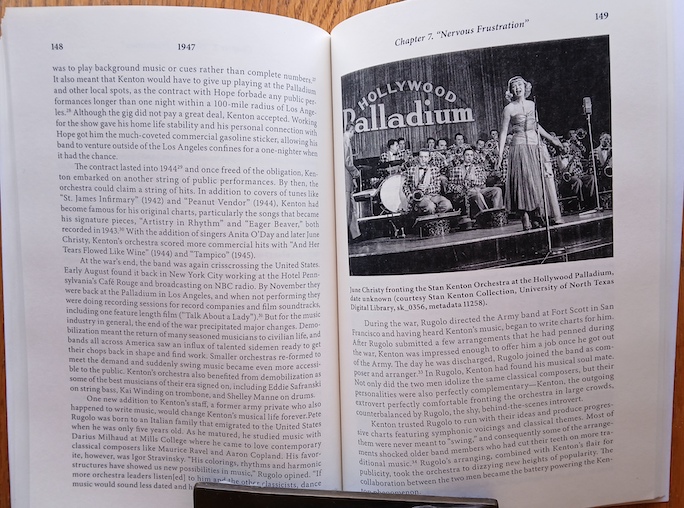
Music, music, music and the sound of Stan Kenton and his Orchestra with singer June Christy.
And the final chapter tells of the struggle the emerging consumer entertainment television encountered as it tried to establish itself. Such a dominating and influential force as it is today, not just of entertainment but news too. If you weren’t there during those early years, you’ll find this chapter—as with the entire book—interesting, educational, and thought-provoking reading.
Copyright 2025 Helen V Hutchings, SAH (speedreaders.info)
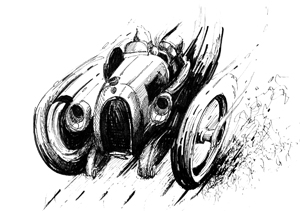

 RSS Feed - Comments
RSS Feed - Comments
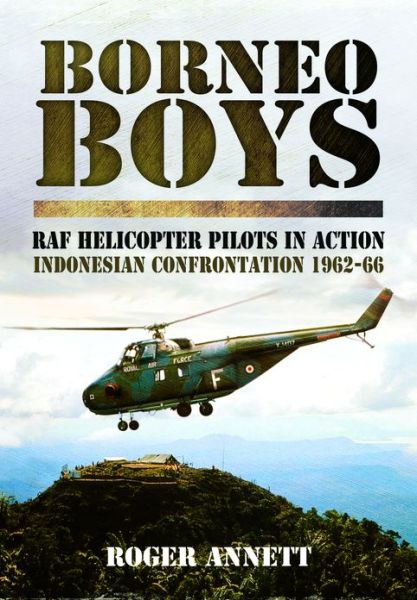

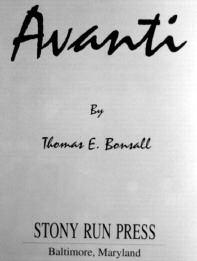
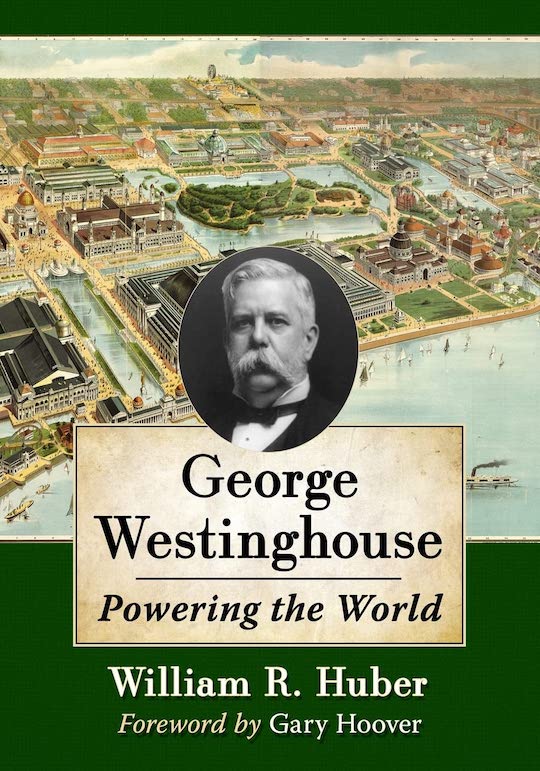




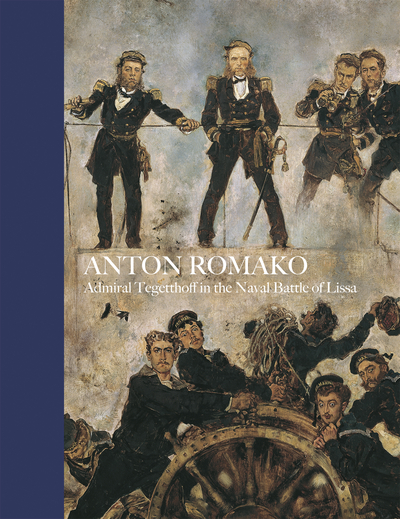






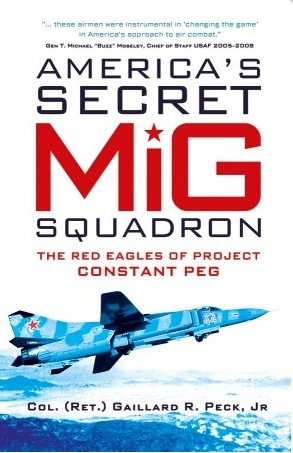








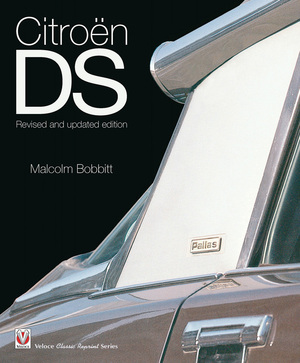
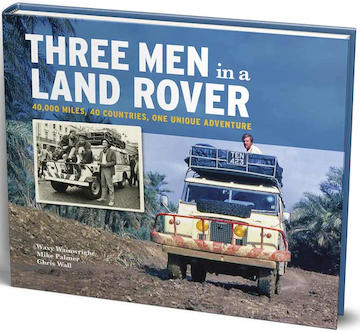
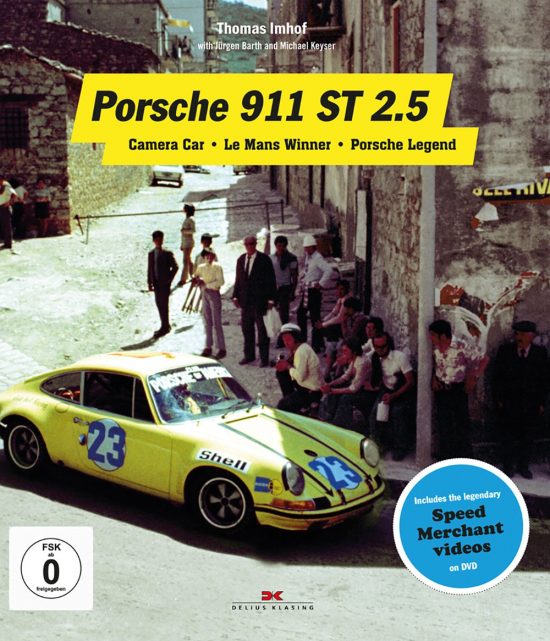
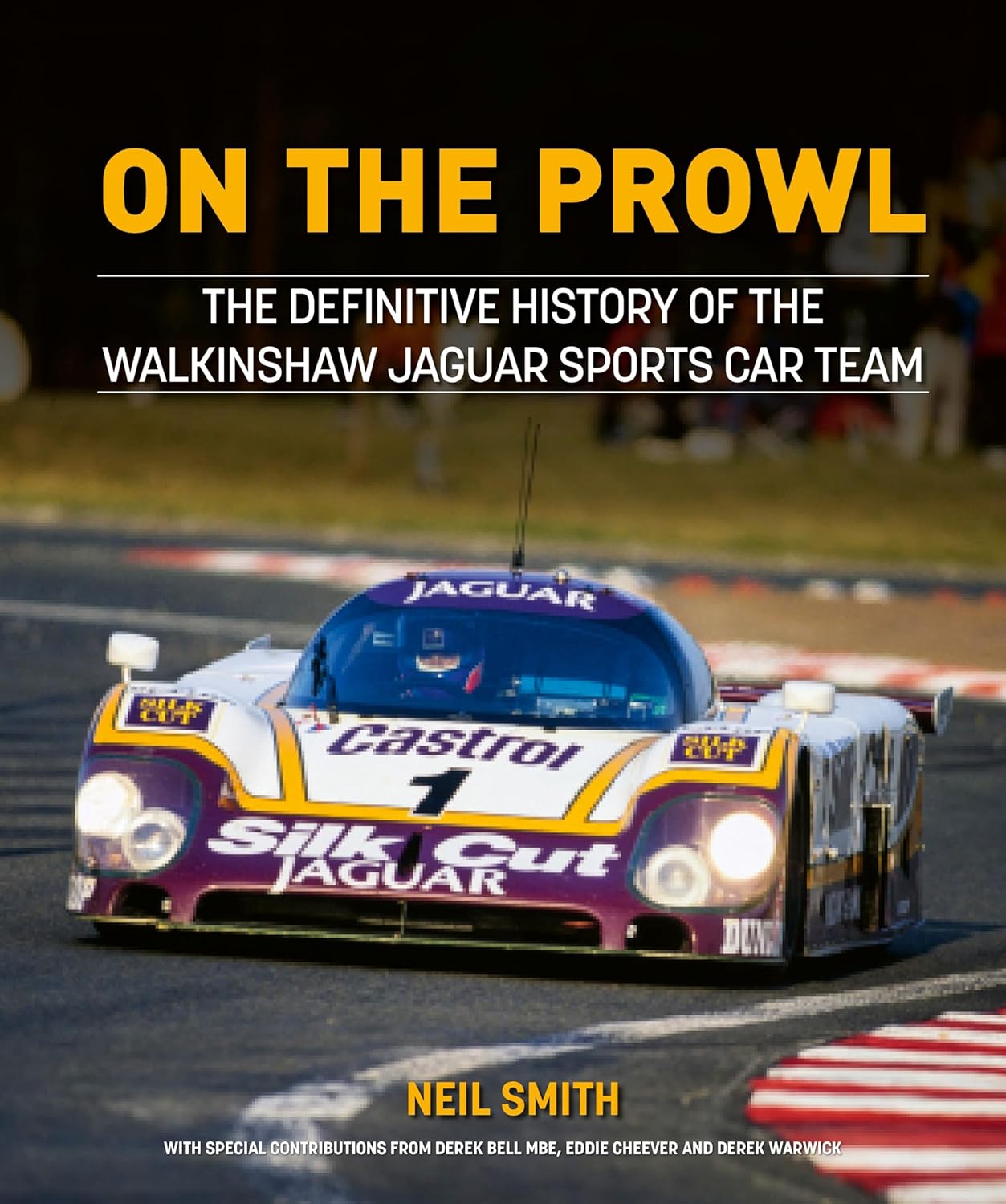
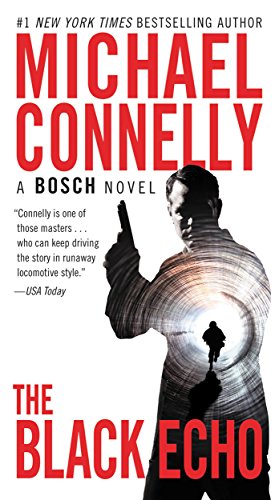
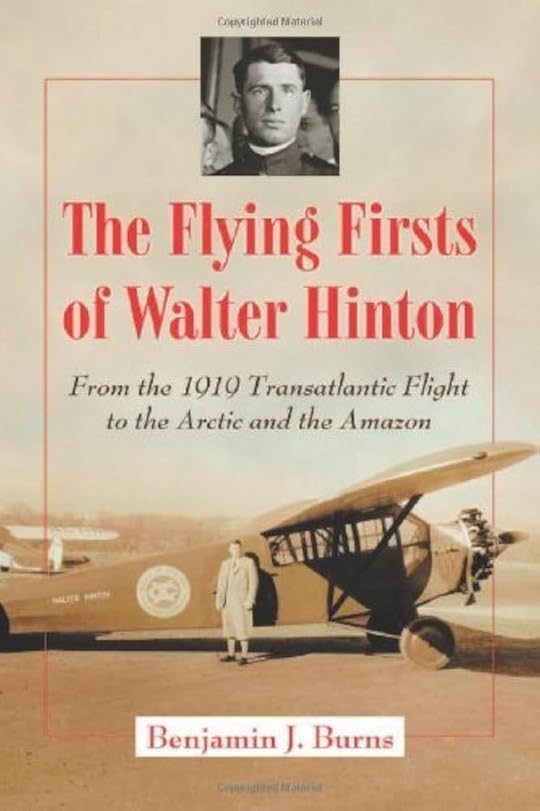

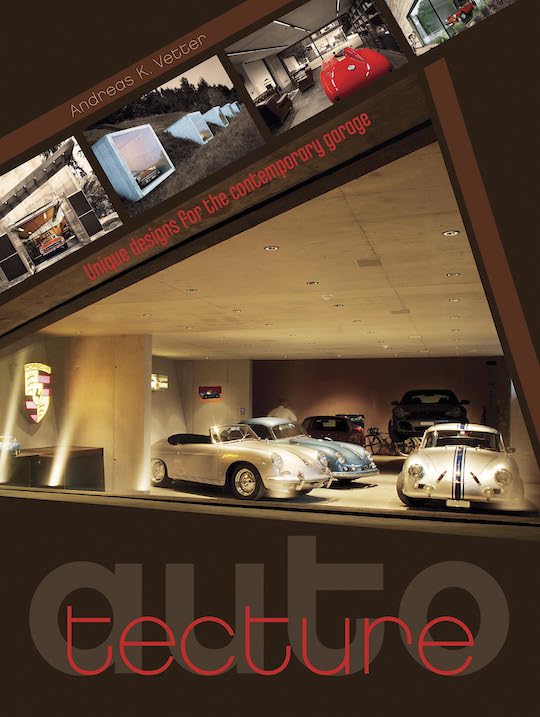


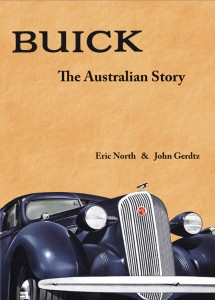

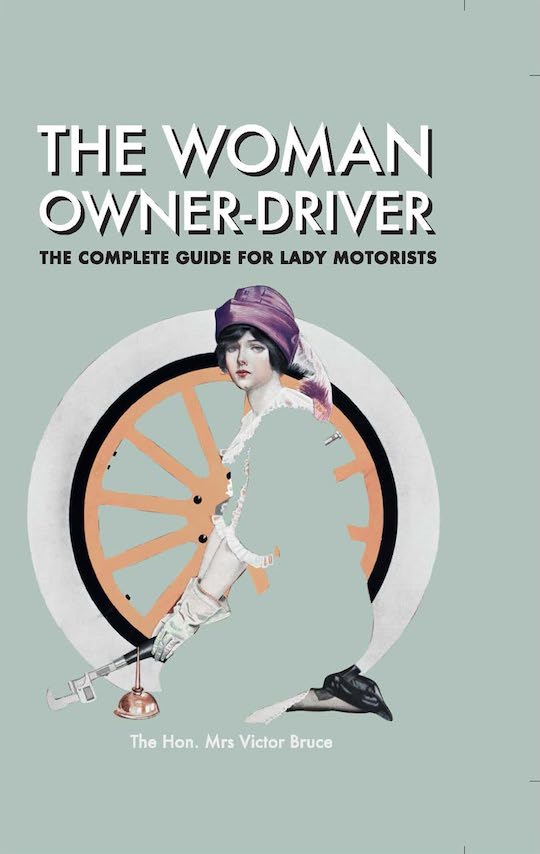
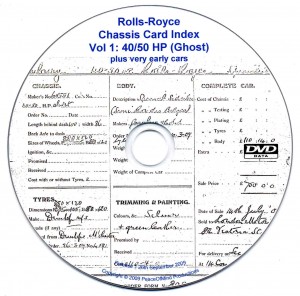
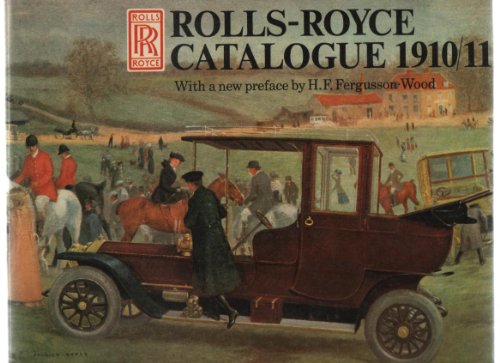
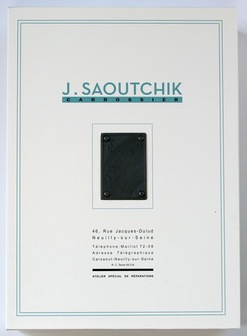
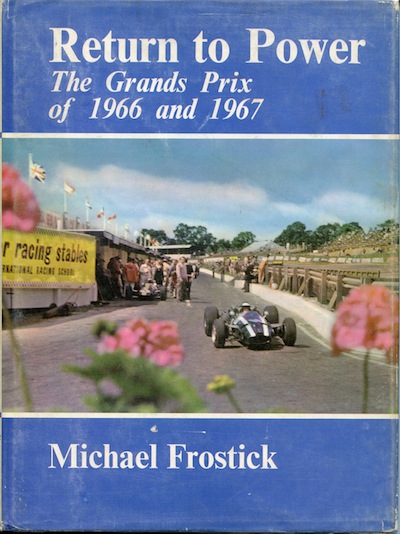




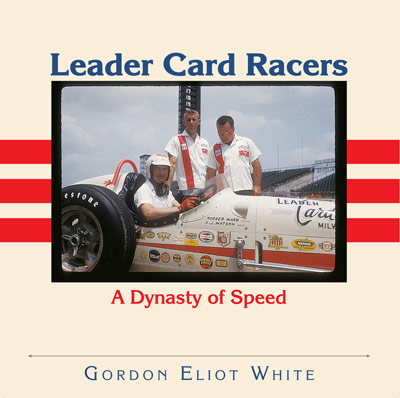

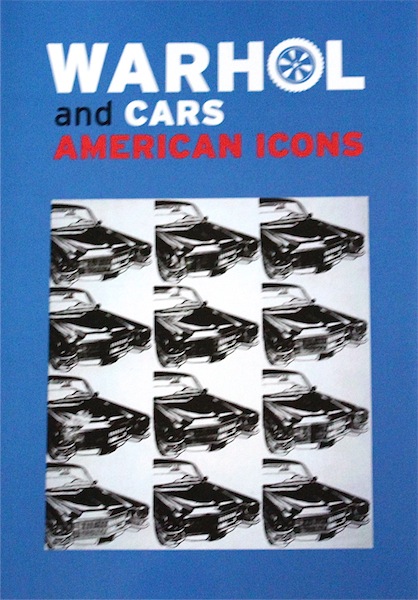




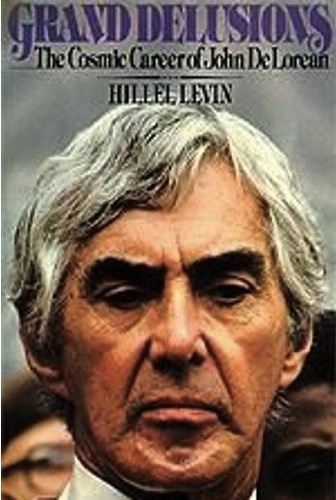
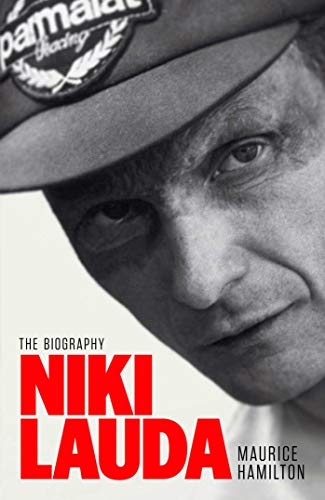

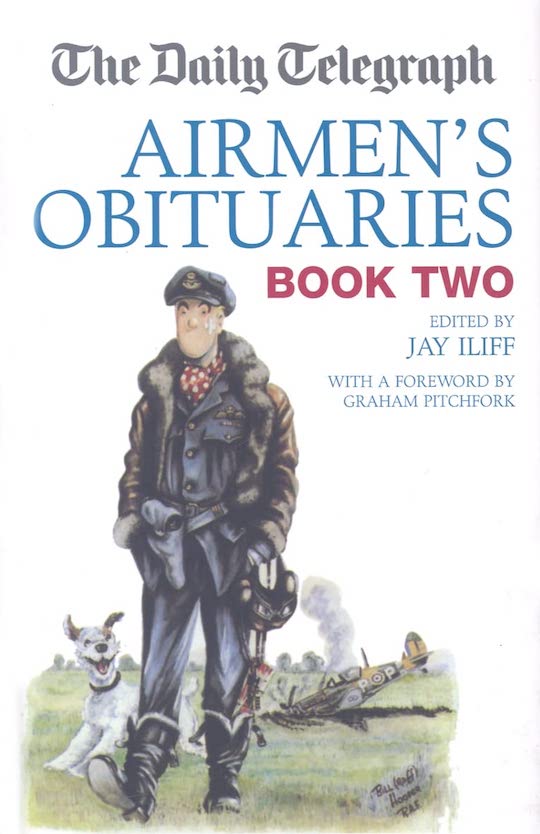

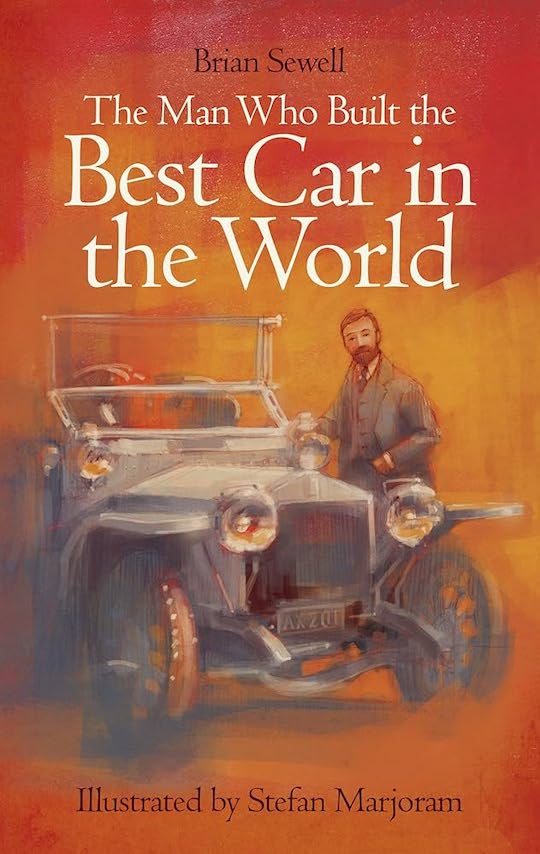
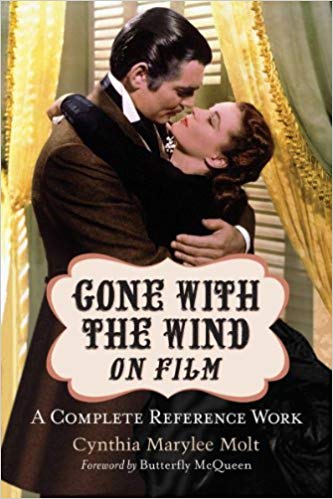


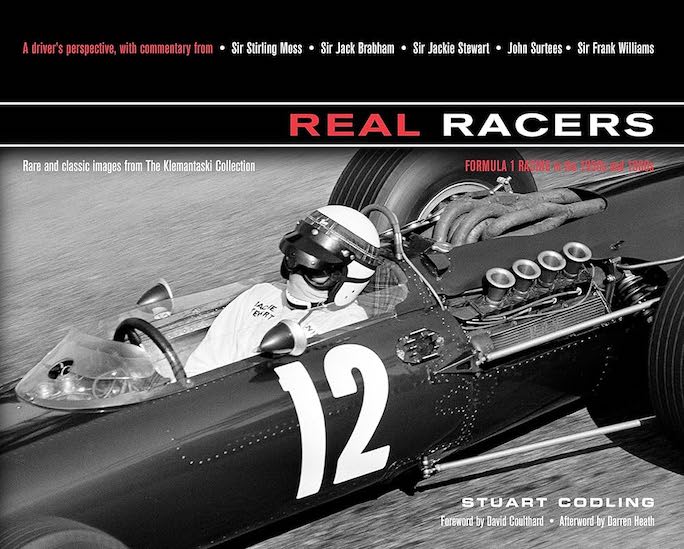
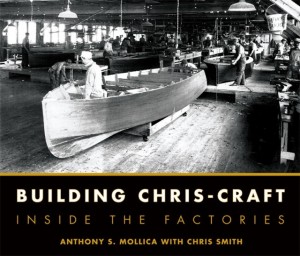




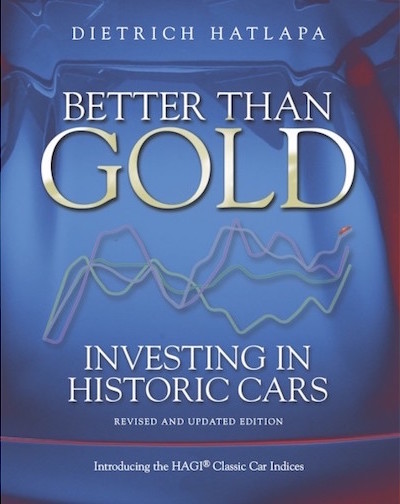
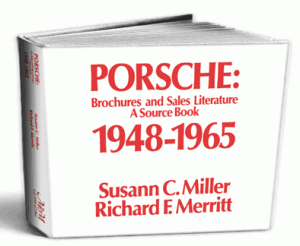

 Phone / Mail / Email
Phone / Mail / Email RSS Feed
RSS Feed Facebook
Facebook Twitter
Twitter